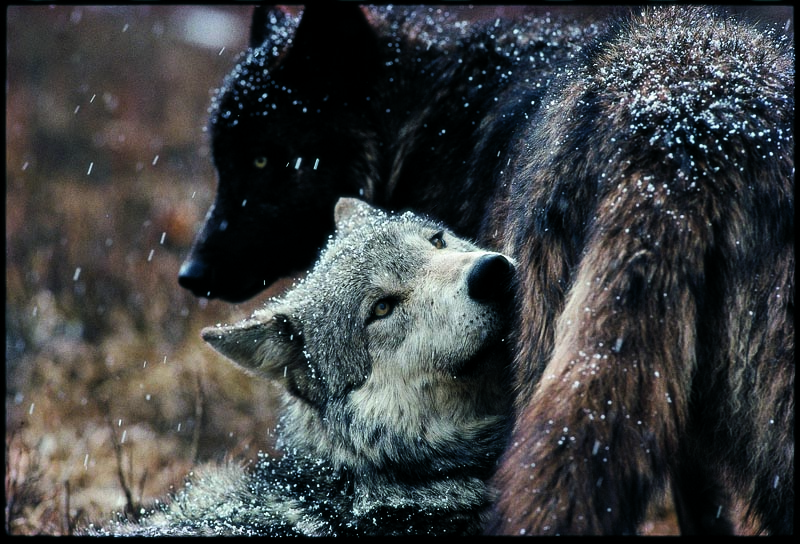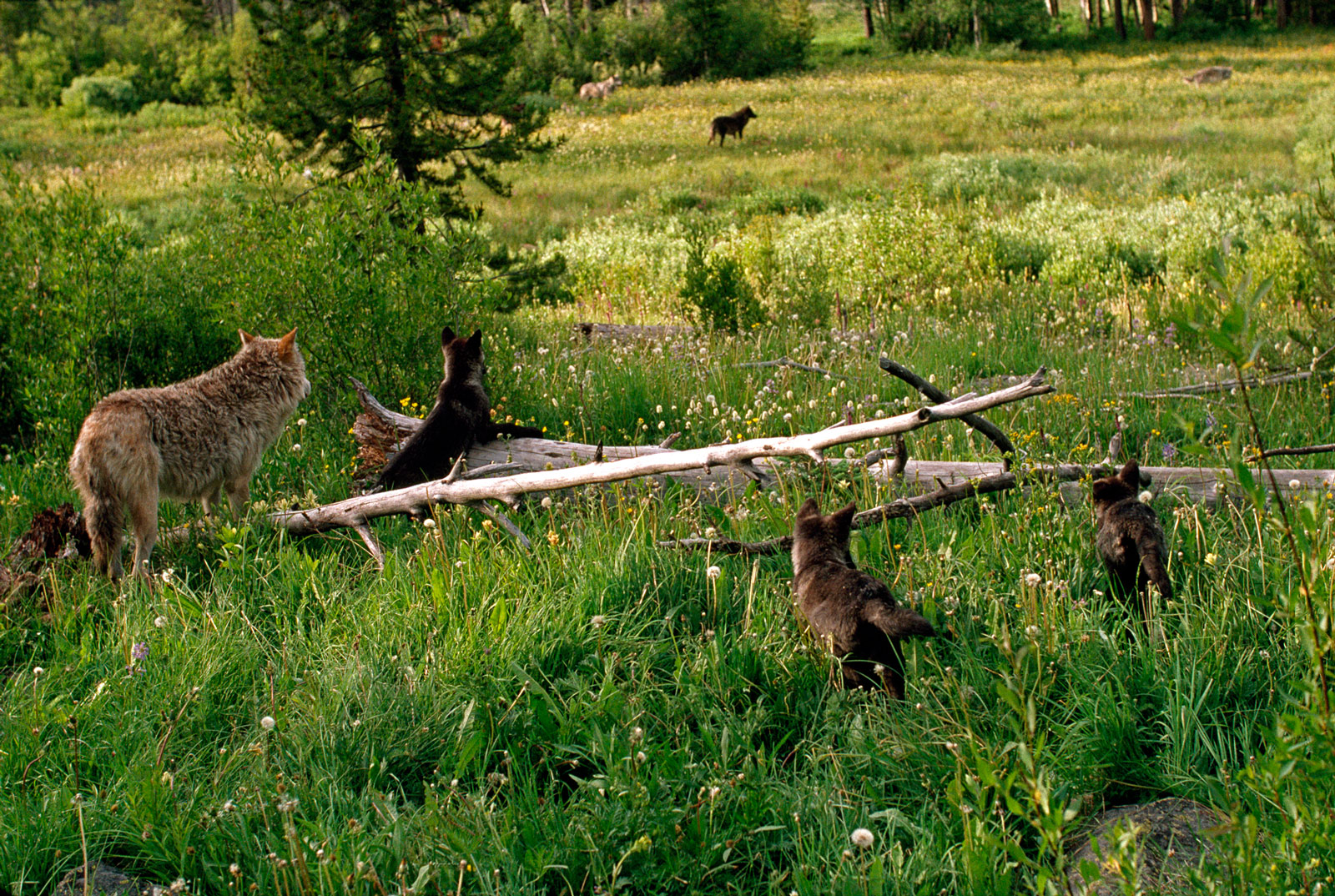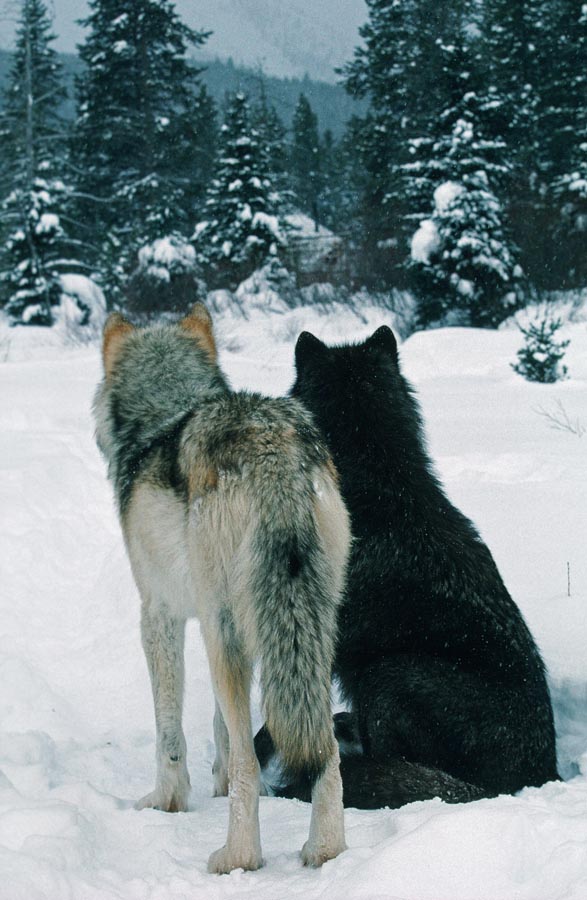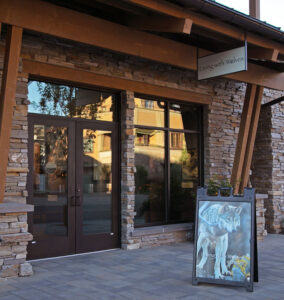Can the death of a single wolf cause the rest of the pack to fall apart?
Studies show it can, depending on which wolf is killed, the size of the pack, and the season.
What happens to a pack when certain wolves, the alphas or other elders, for example, die?
Wolves are extremely social animals that live in families. Each wolf plays an important role in the pack’s survival, from the rearing of pups to teaching the younger wolves how to hunt. Yet, the long-term effects of losing specific individuals from such highly complex social groups are still poorly understood.
To begin to address this question, Bridget Borg, Scott Brainerd, Thomas Meier and Laura Prugh looked at what happens to a pack as well as to the overall wolf population following the death of a breeder (alpha female, alpha male or both). Specifically, Borg and her team studied individual pack fates, reproduction, and overall population growth following the loss of a breeder.
How do you measure how the loss of a breeder impacts the fate of the pack?
Bridget Borg, Scott Brainerd, Thomas Meier and Laura Prugh examined data from the past 26 years on 387 collared wolves in Denali National Park and Preserve (DNPP) in Alaska. The study area covered wolf habitat north and west of the Alaska Range in and adjacent to DNPP.
The data came from wolf population monitoring efforts that began in 1986. Wolves in DNPP were radio collared and tracked using radiotelemetry. Borg et. al.’s study looked at data from packs monitored from 1986 to 2013. About 10-20 wolf packs were monitored each year, mostly within DNPP boundaries.
Information such as wolf location, number of wolves in a pack, coat color, age, mortality, den site location and use, and pack affiliation were all recorded annually.
Although wolves within DNPP are protected from hunting and trapping, outside of the park boundaries, wolves are subject to hunting and trapping during set seasons. Park wolves tend to follow caribou out of the park in an annual migration, exposing them to hunting and trapping when the season permits.
What did Borg, Brainerd, Meier and Prugh find in their study, “Impacts of breeder loss on social structure, reproduction and population growth in a social canid”?
What they found is that in 77% of the cases where a pack dissolved, the dissolution was preceded by the death of a breeder. Moreover, the pack was more likely to dissolve if both breeders or if just the alpha female (mother) died, and if the pack was small, or if the death occurred just before or during breeding season.
But, interestingly, the loss of the alpha female and/or alpha pair didn’t appear to affect population growth that year or the following year. Scientists believe this is because wolves have compensatory breeding mechanisms. In intact packs, social carnivores like wolves suppress reproduction among others in the pack, essentially preventing them from breeding. But when the alpha pair is killed, there is no suppression, and as a result more and younger wolves tend to breed.
This study also noted that when breeders die of natural causes, it was less likely to result in the pack dissolving than when the death of the breeder was human-caused.
What percent of wolf deaths are human-caused?
In the United States, wolf management strategy focuses on wolf population numbers. Methods currently used to ensure wolf populations remain at desired levels include: hunting, trapping, snaring and the federal lethal control of wolves. In Idaho, for example, over the past two years, 99% of documented wolf deaths were human-caused (2014 Idaho Wolf Monitoring Progress Report, Idaho Fish and Game).
This method of population management removes individuals indiscriminately, not taking into account which wolf is killed, the wolves’ role in the familial structure, or the ways in which the loss of an individual wolf might affect the rest of the pack. It ignores how killing an important family member, like an alpha, might fundamentally alter the pack’s social structure, or even cause the family to break apart.
Food for thought
Should wolf management take individual pack structure into account when making decisions to lethally remove a member of a pack?
Should hunting regulations be changed to somehow protect the alphas (breeders)? If so, how?
Should hunting seasons be changed so as to not overlap with breeding season? Human-caused deaths in the study area were highest during winter and spring, which is just before and during breeding season for wolves.
What are the other ways survivors of a pack might be affected when the pack falls apart due to human-take?
Wolf families have been observed to lose knowledge (such as specific hunting techniques) passed down from generation to generation when the elder more knowledgeable wolves are killed and younger less experienced wolves are left to fend for themselves before having learned this specific pack culture (Gordon Haber observed this with the Toklat pack in Alaska). These types of losses are hard to measure scientifically.
In Beyond Words: What Animals Think and Feel, Carl Safina argues that animals, like wolves and elephants, have rich mental lives. And that the loss of an individual from a family of wolves, elephants or dolphins, for example, can have a surprising impact on the long term survival of the family:
When a poacher kills an elephant, he doesn’t just kill the elephant who dies. The family may lose the crucial memory of their elder matriarch, who knew where to travel during the very toughest years of drought to reach the food and water that would allow them to continue living. Thus one bullet may, years later, bring more deaths. Watching dolphins while thinking of elephants, what I realized is: when others recognize and depend on certain individuals, when a death makes the difference for individuals who survive, when relationships define us, we have traveled across a certain blurry boundary in the history of life on Earth—“it” has become “who.”
“Who” animals know who they are; they know who their family and friends are. They know their enemies. They make strategic alliances and cope with chronic rivalries. They aspire to higher rank and wait for their chance to challenge the existing order. Their status affects their offspring’s prospects. Their life follows the arc of a career. Personal relationships define them. Sound familiar? Of course. “They” includes us. But a vivid, familiar life is not the domain of humans alone. (Safina 2015).
Relationships define elephants, like they define wolves, like they define us. What happens to the survivors when individual family members are lost is a question that is perhaps hard to quantify, but the more closely we pay attention to these “who” animals and their relationships, the more clear the answer may become.
Original Article
Summary by Danielle Flam, Research & Program Manager, September 24, 2015
Questions? Contact danielle@livingwithwolves.org




